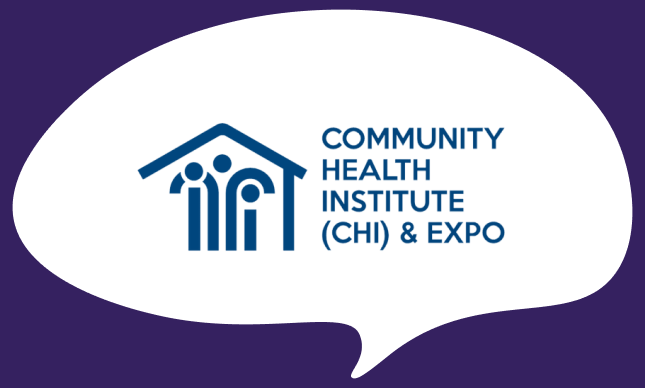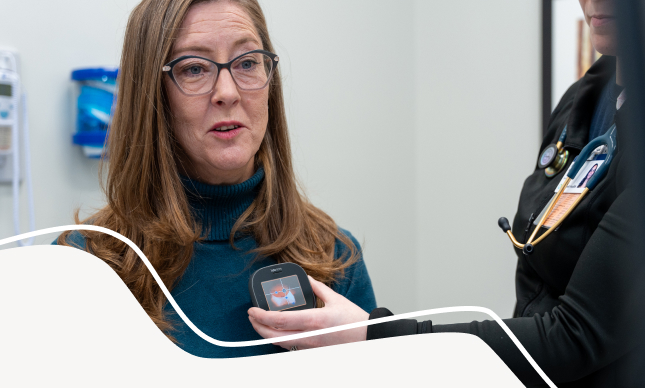Integrating telehealth and EHR's for better patient care
The introduction and subsequent adoption of Electronic Health Records (EHRs) was a revolutionary step for modern healthcare. According to the Michigan State Medical Society, integrating EHR data with another groundbreaking trend in healthcare – telehealth – will lead to significantly improved patient health outcomes.
To achieve this, seamless integration between telehealth solutions and EHRs is paramount. If implemented correctly, telehealth-EHR integration will not only streamline documentation, data collection, care coordination, and scheduling and billing, but perhaps most importantly, it stands to improve patient care in a variety of use cases.
Healthcare providers reported that viewing EHRs during a telehealth visit helps facilitate better rapport and familiarity with the patient, resulting in better care. It also allows telehealth providers to swiftly create a visit summary and transmit it to the patient – including any orders for diagnostic tests or referrals.
Here are just a few of the use cases where integrating a patient’s EHR with a telehealth solution would be most beneficial.
Urgent care and primary care
Telehealth use rates have “leveled out” at 38X higher than before the pandemic. Even as patients return to in-person visits, many providers are still implementing telehealth solutions for both urgent and primary care needs. To ensure every remote provider understands the medical history of each patient they treat, especially in critical situations, it’s crucial to have telehealth visits integrated with the EHR.
There are several ways EHRs can be integrated with telehealth solutions, but they all begin with the digital front door – be it the patient portal of the EHR, the telehealth platform itself, or even a specialized platform created by the provider organization. This initial step of the process lets patients see which services are available, schedule their virtual appointments, and even begin inputting their symptoms and vital signs prior to the virtual encounter. Successful integration means that data collection from a real-time appointment can be seamlessly integrated with existing health records.
Integrating these capabilities with each telehealth session improves the initial encounter as well as service throughout each subsequent visit. Upon entering the system, a healthcare professional can view the patient’s-self-reported data to be best prepared for the virtual appointment.
For telehealth to flourish, virtual visits must recreate the flow of a regular clinic visit. Integration with the EHR system helps do just that.
From a patient perspective, the telehealth experience is most efficient and effective when it feels like simple conversation through a single platform with a provider who understands their medical history before and during the call. And since physicians have access to the information they need to support them in diagnosis or in creating a treatment plan, they can go into each virtual visit with confidence.
Longitudinal care (remote patient monitoring)
The combination of telehealth, remote patient monitoring (RPM), and EHR integration is a valuable way to provide care for patients with chronic illnesses. Providers can seamlessly collect information on a daily, weekly, or even monthly basis, allowing for more frequent touchpoints with the patient, resulting in improved patient outcomes.
Telehealth devices and the information they collect are key to longitudinal care. It’s important for telehealth providers to give patients the tools they need to monitor vitals, as well as an easy-to-use app for uploading this data.
Patients in need of longitudinal care are typically registered within an app (or online platform) that they engage to perform exams and answer questionnaires on a regular basis. The data is automatically uploaded into the app and ultimately goes directly into the EHR patient file. This enables seamless long-term care as well as accurate intervention if necessary, as physicians can be notified in real-time if the data is outside of the defined normal range.
It’s important that the application and data collection process both be frictionless not only for the patient, but for the provider as well.
Any system that alerts providers to at-home data collection must be seamlessly integrated into the patient EHR. Data within the EHR must be just one click away for otherwise they run the risk of insufficient response times or misunderstanding patient data, both of which can be detrimental.
Challenges to integrate
While the combined value of EHRs with telehealth solutions can be beneficial, there can be some challenges to integration, and healthcare organizations must evaluate the risks and benefits accordingly.
The first challenge is a flawless or smooth user experience for both patients and physicians.
Solutions that require logins to multiple systems or toggling back and forth between interfaces will leave users frustrated and less likely to embrace the technology long-term. Similarly, it’s important to ensure that the telehealth-EHR-integration is supported in different mobile environments, so that quality healthcare access isn’t limited by choice of cell phone.
For example: The ability to launch video consultations directly from existing EHR systems creates seamless, simplified virtual care workflows that mirror the same authenticity as face-to-face provider-patient interactions.
The second challenge is to ensure that the chosen EHR remains the primary source of data and single system of record. Collected data always needs to be available, whether housed in the system directly or elsewhere, and must be made accessible through a one-click link. This easily accessible data is critical for continuity of care. Each patient has a right to access their data, and healthcare organizations need to be able to provide them with that data easily if they request it. This is particularly useful for treatment scenarios where follow-up care is necessary, as patients must be able to share data from their EHR with specialists who may not have direct access to the database.
Looking towards the future
When EHR capabilities are integrated into telehealth platforms, patients will receive improved care from virtual appointments which will then parallel in-person medical care. It is crucial, that healthcare institutions take the necessary steps now to integrate telehealth offerings with EHRs to ensure patients’ consistent care during virtual visits and to enable providers to offer effective and efficient treatment, without burdening them with additional administrative work. When integrated effectively, the whole of these two revolutionary trends in medicine can truly be greater than the sum of their parts.
About the author: Ophir Lotan is the VP of product and customer success at TytoCare.
Click here to read the full article


